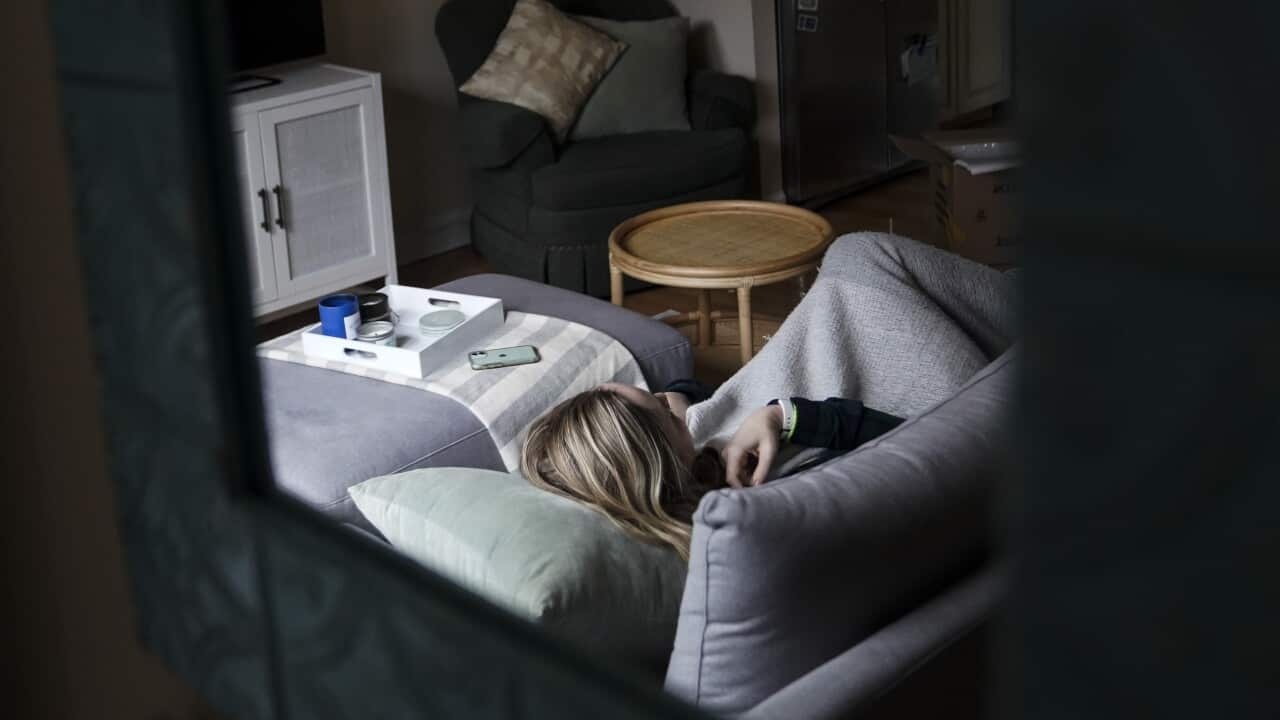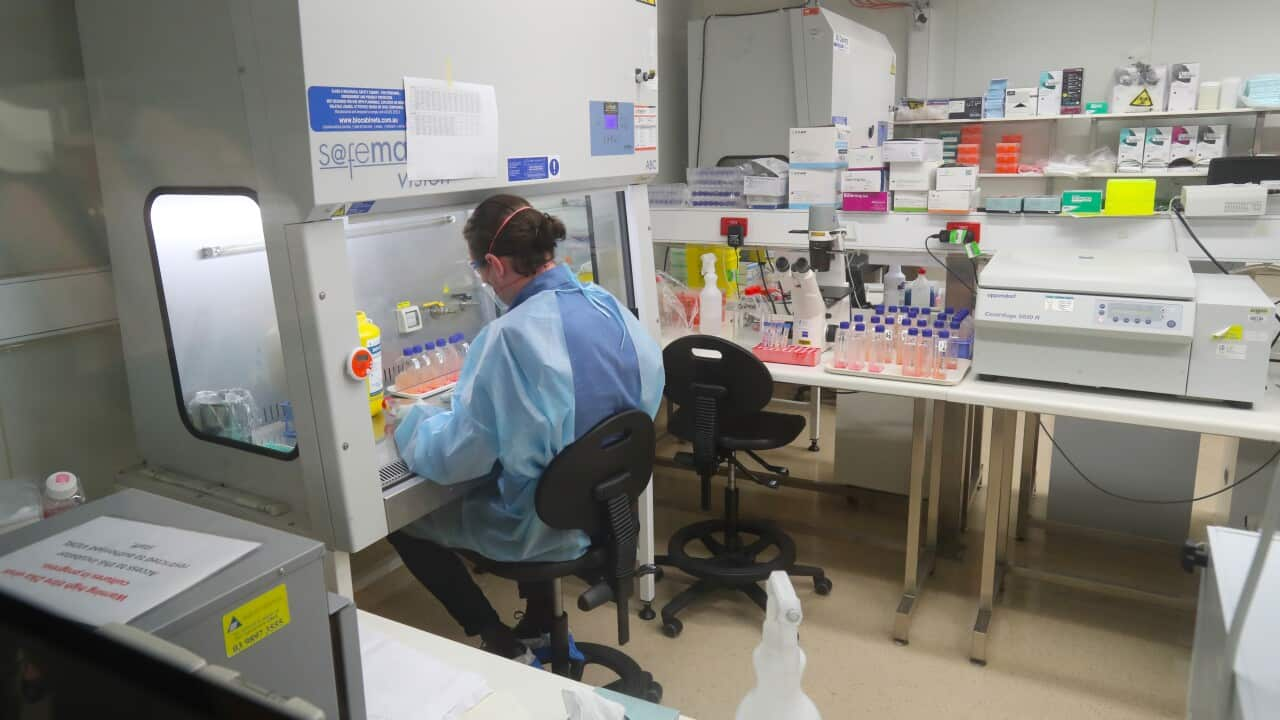A new study has shown that women, those in middle age and those who are wealthier are among those most likely to be diagnosed by a GP with Long COVID.
But that doesn't mean they're most likely to suffer from it.
Instead, the report's authors are concerned about barriers to diagnosis for specific groups, especially those facing disadvantage.
The Australian Institute of Health and Welfare (AIHW) estimates up to 10 per cent of COVID patients will develop Long COVID.
While most people with COVID-19 recover completely within a few weeks, some experience longer-term effects.
A universally accepted definition of Long COVID is yet to emerge but common symptoms can include shortness of breath, cough, chest pain, fatigue, brain fog, dizziness, abdominal pain, nausea and even organ damage.
A recent Macquarie University study found that those with preexisting health problems — especially mental health conditions, respiratory conditions like asthma and emphysema, cancer, and musculoskeletal conditions such as arthritis — were more likely to be diagnosed with Long COVID.
The study — which surveyed seven million medical records in Victoria and NSW — also found women, those aged 40 to 59, and those of high socioeconomic status had higher Long COVID diagnosis rates than other groups.
While the report's findings may lead some to think rich, middle-aged women are more likely to develop — not just be diagnosed with — Long COVID, that's not necessarily the takeaway message.
Impediments to Long COVID diagnosis
One key consideration is the process of being diagnosed with Long COVID.
Unlike COVID-19 itself, there's no accepted test for Long COVID. Instead, GPs — the only ones who can issue a formal Long COVID diagnosis — have to rule out other conditions with similar symptoms.
This might mean several visits to the doctor — a potentially expensive prospect given , despite the government tripling incentive payments for bulk billing.
LISTEN TO

Number of Australians putting off GP visits doubles amid high appointment costs
SBS News
01/02/202404:26
Although some evidence has suggested that women suffer from Long COVID at higher rates than men, report co-author Andrew Georgiou also highlighted that the findings may be skewed by the fact that women are more likely than men to visit GPs.
Georgiou, a professor of diagnostic informatics at Macquarie University, says other factors may also be obscuring a clear picture of Long COVID vulnerability.
"One of the problems that we're confronting is that people living with COVID — maybe those that already have some chronic disease conditions, maybe they're in disadvantaged groups or live in rural remote areas — they might not recognise or report their symptoms or might not have adequate access to health care," Georgiou told SBS News.
"It might mean that there's underreporting and then it might mean that we're not estimating the right numbers about the prevalence of Long COVID because of that."
"Vulnerable groups might not be getting the care they need for it," Georgiou said.
He said people may not be accessing care because of the distance they'd have to travel, or the cost.
"They might not have the resources that are necessary … they may be worried about taking time off work."
"Long COVID can get anybody. So I think we need pay attention to looking at areas where it might not be being reported or people not accessing health care because of their particular situation."
While the report showed an association between high socioeconomic status and Long COVID diagnosis, there have been several other reports indicating Long COVID is more likely to affect low socioeconomic groups and people of certain ethnicities or occupations.
What needs to change?
Georgiou says the system to treat people with Long COVID needs to be enhanced.
"You need to have the structures there to support people with Long COVID and managing their illness," he says.
He also suggests that improved treatment and prevention of COVID-19 would reduce the burden of Long COVID.
Looking into workplace protections for sufferers of Long COVID, as well as support for those who cannot work due to their symptoms, would also help, Georgiou says.
"We need to consider the things that need to be put into place to help people make sure that they're listened to, to make sure we're getting to Long COVID where it exists, and that it's not being hidden by poverty or distance or other disabilities."
"One of the things we're hearing a lot from patient groups is that there's a burden and that's that people with Long COVID still feel like they're being told it's all in their head," Georgiou said.
Most of all, Georgiou says the results indicate the model of care for Long COVID needs to be rethought.
"General practitioners have told us that there are these issues with the diagnosis of Long COVID and they need access to models of care that go beyond just one person, one GP," he said.
"We need to listen to the patients and also look at different ways of addressing the sorts of symptoms and problems that people are confronting."












